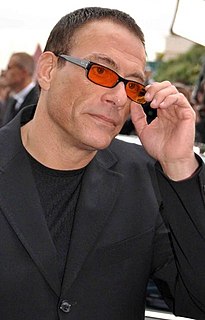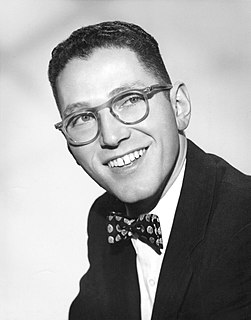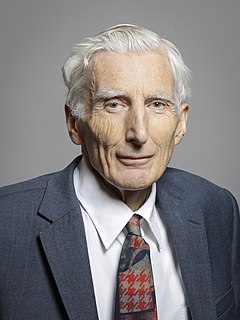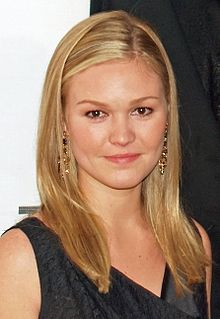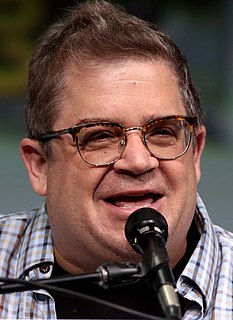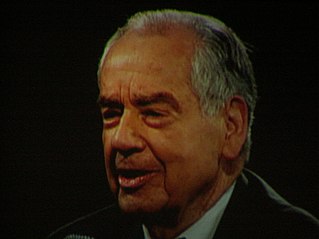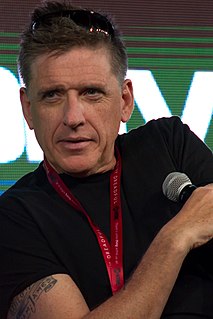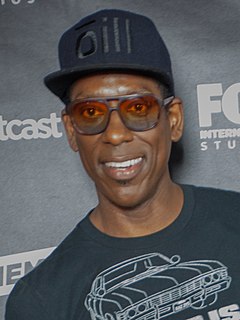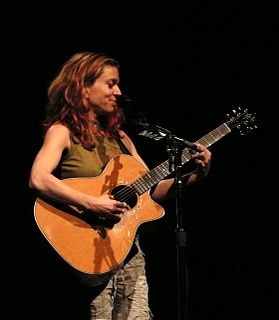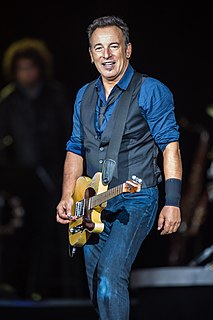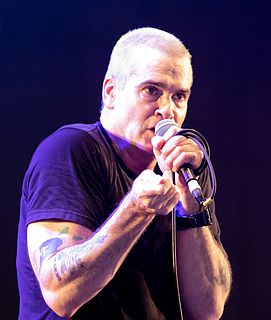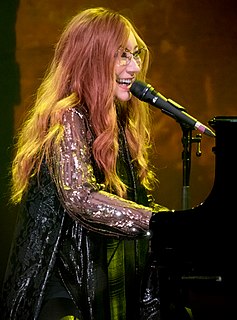A Quote by Lindsey Buckingham
We've always had the sensibility that you work on the set, and you structure it, much like a play, where once you've got the lines down and blocking right, you freeze it, and then you go out and do what you're doing night after night. You want to structure something that has form and that builds the right dynamic from start to finish.
Related Quotes
I like structure - like driving: go past the school on the street, stay on the right side, no hitting the car, go in right, you'll see a big church, stop and take a left, and you'll have it. By doing this I'm giving a structure of life, a path of light, and showing what happens between me and me, which is something very beautiful.
The bottom line for mathematicians is that the architecture has to be right. In all the mathematics that I did, the essential point was to find the right architecture. It's like building a bridge. Once the main lines of the structure are right, then the details miraculously fit. The problem is the overall design.
I stopped performing because I don't have the temperament of a performer. You have to want to do the same thing over and over again. Once I got it right, I didn't want to do it again. I always use the analogy of a novelist who has to read his novel in public night after night. I just didn't want to do it.
Most theorists suspect that space has an intricate structure - that it is 'grainy' - but that this structure is on a much finer scale than any known subatomic particle. The structure could be of an exotic kind: extra dimensions, over and above the three that we are used to (up and down, backward and forward, left and right).
Regarding pushing the form, ideas interest me more than form. I think you can write a very subversive play in a three-act structure. The content makes the play. I feel the form is simply dressing, because ultimately, you want to communicate to the audience, and sometimes the best way to do that is to present a provocative idea in a format that is comfortable for them to receive. Then the idea will come through directly, right in solar plexus. After all, I want to make a living as an artist, and that means speaking to the audience in a form they can understand.
I think that everything looks a little scarier at night, when the sun goes down. And I know I kind of want a sense of reassurance or a community. Late-night shows is a rare place because that's what we do. Increasingly, I felt like I didn't want to be that guy. I didn't want to do that. It wasn't the only reason that I stopped doing it, but it was a consideration - I didn't know how to process tragedy after tragedy and then ... it just got too much, I think.
Suddenly, I realized how tough trying to structure a story like this is. It was a lot of work. The one big advantage that we had was that we had eight scripts written before we started shooting, or even started casting. We had a really good opportunity to look at it and figure out where we were going to go and how to do it. Once we got a cast, which I love, then we started doing some revisions to make sure that they fit into it.
Say you're working for a big overseas aid organization. You can't leave home in a Mercedes Benz, travel 80 kilometers to work in a great concrete structure where there are diesel engines thundering in the basement just to keep it cool enough for you to work in, and plan mud huts for Africa! You can't get the mud huts right if you haven't got things right where you are. You've got to get things right, working for you, and then go and say what that is.
The Besicovitch style is architectural. He builds out of simply elements a delicate and complicated architectural structure, usually with a hierarchical plan, and then, when the building is finished, the completed structure leads by simple arguments to an unexpected conclusion. Every Besicovitch proof is a work of art, as carefully constructed as a Bach fugue.

